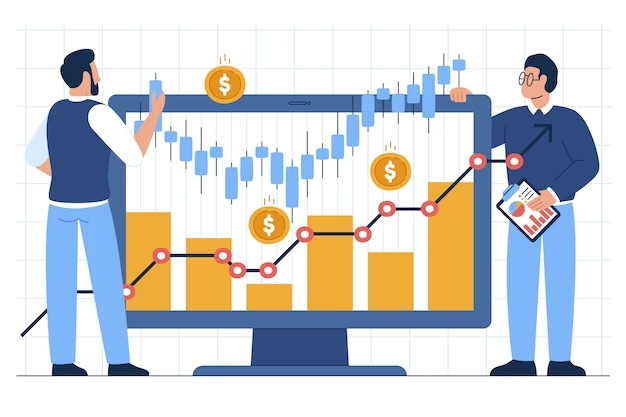Introduction:
Capital markets play a pivotal role in the global economy, serving as the lifeblood of financial systems and facilitating the flow of capital between investors and businesses. In this blog post, we will delve into the intricacies of capital markets, exploring their functions, key players, and the impact they have on economies worldwide.
I. Understanding Capital Markets:
1. Definition and Components:
Capital markets refer to the marketplace where buyers and sellers engage in the trade of financial securities, including stocks, bonds, and other investment instruments. They are broadly categorized into primary and secondary markets, each serving distinct purposes in the capital-raising process.
2. Primary Markets:
– Initial Public Offerings (IPOs): Companies issue new securities to the public for the first time, raising capital for expansion or other financial needs.
– Private Placements: Non-public offerings of securities to a select group of investors.
3. Secondary Markets:
– Exchanges: Organized platforms where securities are bought and sold, such as the New York Stock Exchange (NYSE) or NASDAQ.
– Over-the-Counter (OTC) Markets: Decentralized platforms facilitating direct trading between buyers and sellers.
II. Key Players in Capital Markets:
1. Investors:
– Institutional Investors: Entities like pension funds, mutual funds, and hedge funds that invest on behalf of numerous individuals.
– Retail Investors: Individual investors who buy and sell securities for personal investment.
2. Issuers:
– Corporations: Raise capital through the issuance of stocks and bonds.
– Government: Issue bonds to fund public projects or manage fiscal deficits.
3. Intermediaries:
– Investment Banks: Assist companies in IPOs, mergers and acquisitions, and other financial transactions.
– Brokers and Dealers: Facilitate trades between buyers and sellers.
III. Market Mechanisms and Instruments:
1. Equities:
– Stocks represent ownership in a company, providing shareholders with voting rights and potential dividends.
2. Fixed-Income Securities:
– Bonds are debt instruments issued by governments, municipalities, or corporations, offering periodic interest payments.
3. Derivatives:
– Options and futures contracts derive their value from an underlying asset, providing investors with risk management and speculation tools.
IV. Market Dynamics and Economic Impact:
1. Market Trends:
– Bull and Bear Markets: Periods of rising and falling asset prices, respectively.
– Market Cycles: Phases of expansion, peak, contraction, and trough.
2. Economic Indicators:
– Capital markets reflect economic health through indices like the Dow Jones Industrial Average or S&P 500.
– Interest rates, inflation, and GDP growth influence investor sentiment and market trends.
Conclusion:
Capital markets serve as the backbone of global finance, connecting investors with opportunities and companies with the capital needed for growth. Understanding the functions, players, and instruments within capital markets is crucial for anyone navigating the complex landscape of modern finance. As these markets continue to evolve, staying informed about market dynamics and economic indicators becomes paramount for making informed investment decisions.
